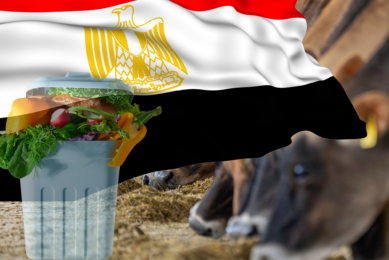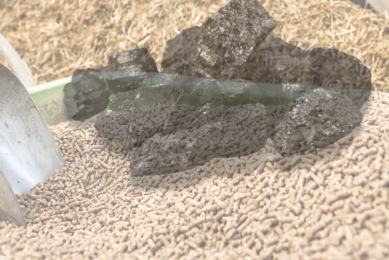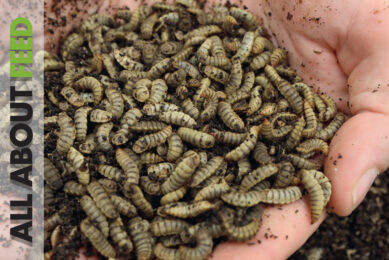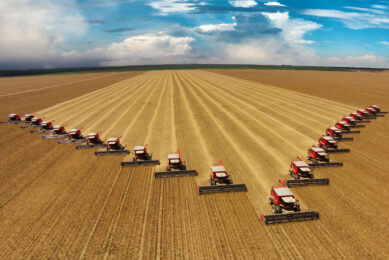Microalgae as an animal feed for the future
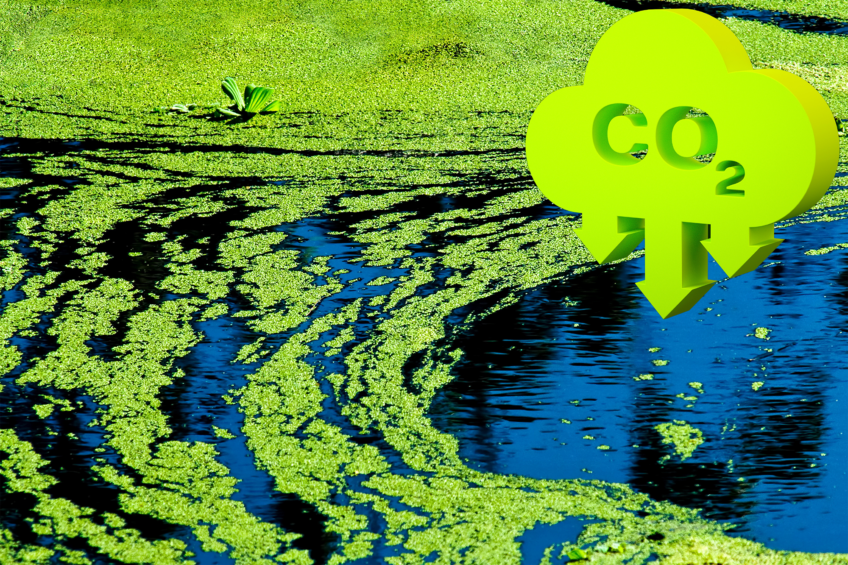
Plans to see if microalgae have a major role in the global feed sector have taken a step forward with the signing of a letter of collaborative intent between animal feed firm ForFarmers and environmental services company Remediiate.
Welsh-based Remediiate is already culturing microalgae on a large scale, transforming what used to be a niche industry into a significant market. By deploying CO2-eating algae, the company produces a tonne of feed for every 2 tonnes of CO2.
The collaboration focuses on growing microalgae that can capture industry CO2 emissions at scale that would otherwise be released into the atmosphere. By processing the microalgae into animal feed, the end product – the microalgae – adds value.
The collaboration has the potential to not only reduce CO2 emissions but create a sustainable, circular solution for animal feed, with ForFarmers being a knowledge partner in the project.
By using microalgae to sequester CO2 in the final product, we not only create value for our animal feed industry, but also contribute to a sustainable future.
Algae-driven animal feed: Benefits to human health
The microalgae in the project are cultured to capture CO2 from industry. By using them in animal feed, they gain value and transform into protein for human consumption. Research has shown that algae-derived animal feed can offer various human health benefits, such as improving fertility and immunity as well as enhanced weight control. For example, algae-based feed for poultry contains omega- 3 fatty acids, and this moves through the food chain, lowering for example, the cholesterol in eggs.
Circular raw material
Microalgae are an alternative source material that can help reduce the use of certain crops, such as soybean. They are rich in proteins, carbohydrates and oils, but are not directly suitable for human consumption, which is why they are called a “circular raw material” for animal feed.
a step towards more circularity
Reducing CO2 emissions
The initiative helps to reduce CO2 emissions of industries such as energy, cement, steel and petrochemicals – key industries targeted by Remediiate as most CO2e missions come from chemical reactions in production processes in these industries. It is often difficult and expensive to reduce these emissions because CO2 must be collected, purified, transported and stored. Direct use of CO2 at its source is an effective way to abate these industrial greenhouse gases.
Rob Kiers, Chief Operating Officer ForFarmers, said the collaboration was an important step towards a more sustainable future and fitted well with the firm’s vision: “By using microalgae to sequester CO2 in the final product, we not only create value for our animal feed industry, but also contribute to a sustainable future.
“In addition, it is a step towards more circularity, one of the sustainability ambitions within our company,” he added.
Carlos de Pommes, Chief Executive Officer Remediiate, agreed that the collaboration was an important step towards sustainable innovation, highlighting the Welsh Project LightARC initiative, which is capturing CO2e emission from nickel production to culture microalgae.
“In partnership with ForFarmers we are exploring its application in animal feed. This project shows that together we can make a positive impact on both industry and the environment.”




